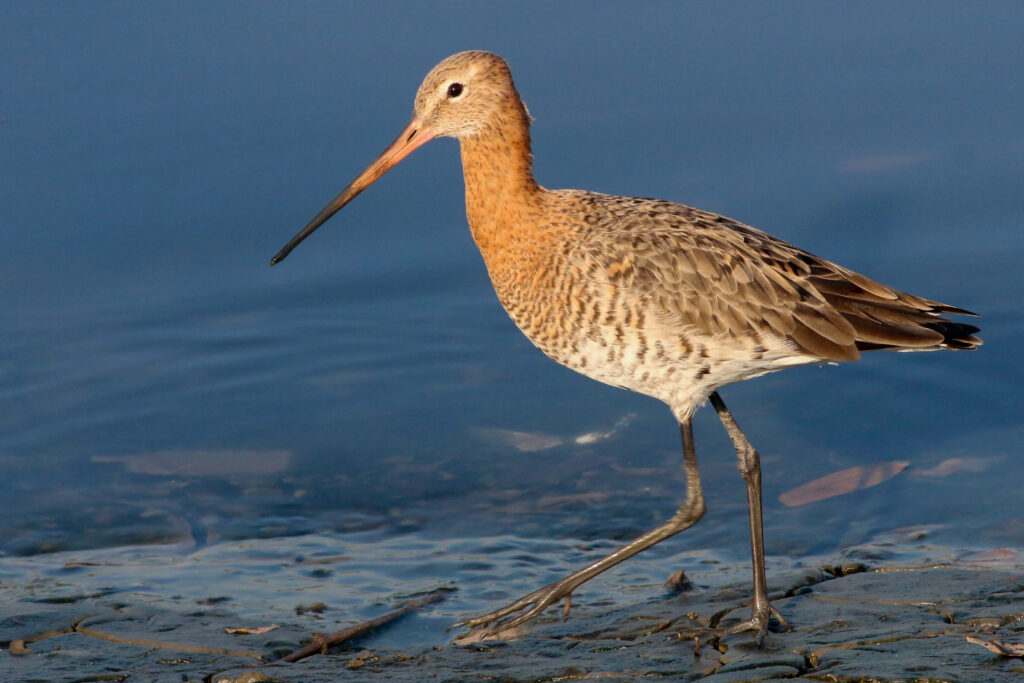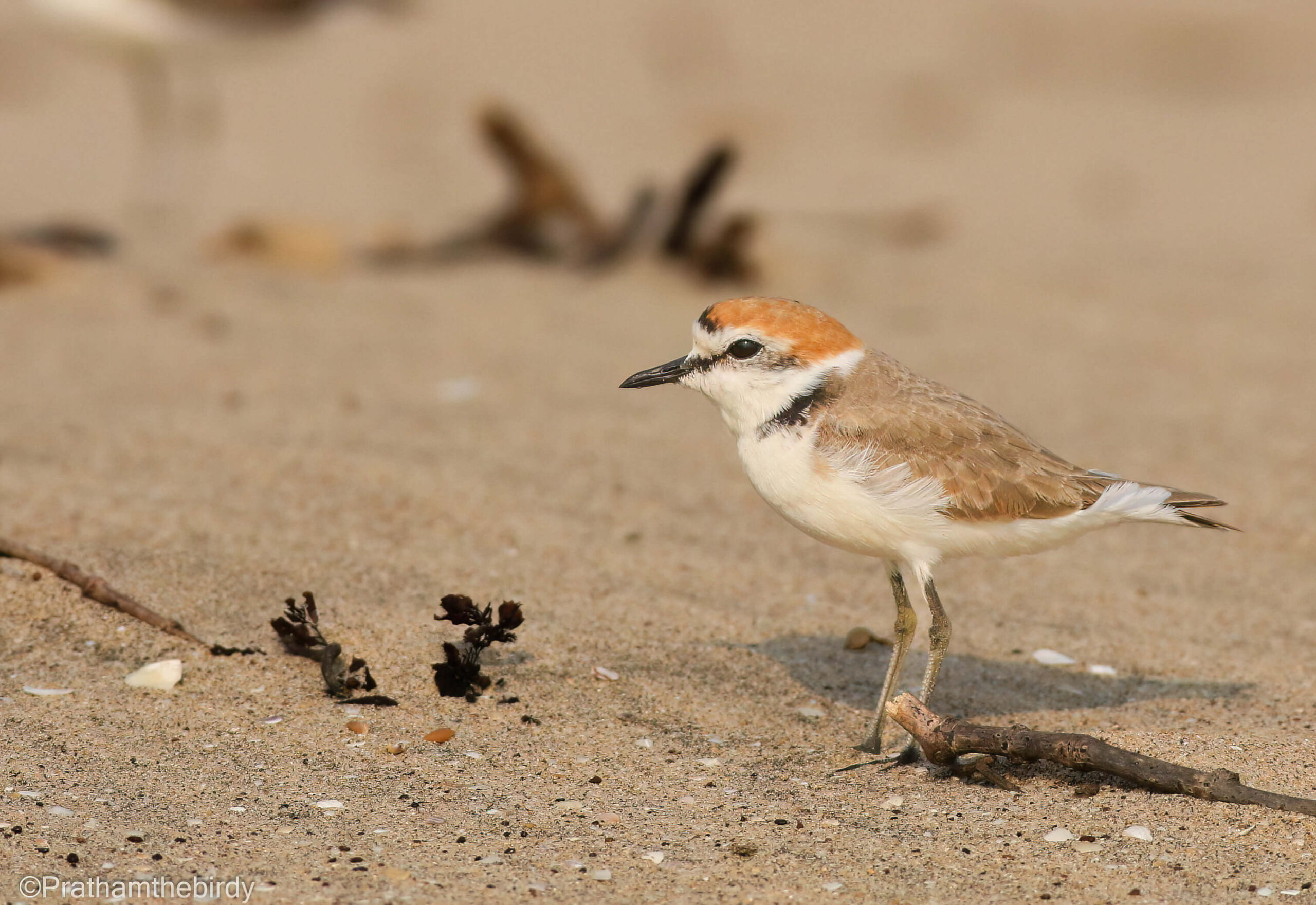Feeding Behavior of Shorebirds
Shorebirds, those fascinating migratory birds, grace our shorelines and wetlands with their presence. While their plumage often falls within a range of browns and greys, making them appear similar at first glance, these birds boast unique ways of finding food! Here at Jungle Buddies Tours, we can help you identify shorebirds by observing their special feeding behaviours:
- Plovers: Ever seen a bird run and peck repeatedly on the shore? That’s a plover using its “run-and-peck” technique! They stand still, watching for movement beneath the surface. Then, they quickly run over and grab their unsuspecting prey, like worms or insects.
- Sandpipers: These busy birds use their bills like tiny sewing needles! They probe the mud in shallow water with rapid jabs, a technique called “stitching.” They taste the mud with each probe, searching for hidden treats like worms or crustaceans. If they don’t find anything tasty after a few tries, they simply move on to another spot.
- Ruddy Turnstones: These clever birds are like little beachcombers. They use their strong bills to flip over pebbles, shells, and other debris. This exposes hidden invertebrates underneath, making them a delicious snack for the turnstone!
- Godwits: These long-billed beauties have a specialized feeding technique called “probing.” They wade through shallow water, plunging their long, sensitive bills deep into the mud to search for worms, crustaceans, and other hidden invertebrates. Their bills are like straws, allowing them to reach prey even in deep burrows.

- Oystercatchers: These strong-billed birds are perfectly equipped for their namesake food source! With their powerful beaks, they pry open oysters, clams, and mussels. They use their sharp edges to sever the adductor muscle, the one that keeps the shell closed, allowing them to access the tasty mollusc inside.
- Curlews: Similar to godwits, curlews also utilize a probing technique. However, their long, down-curved bills allow them to reach even deeper into the mud and soft sediment. They search for crabs, worms, and other invertebrates that burrow deeper than most shorebirds can access.
By observing these feeding behaviours, you can unlock the secrets of shorebird identification. So next time you’re at the beach or wetland, take a closer look! You might be surprised by the remarkable ways these birds find their food.
Do watch this beautiful video to understand the feed strategy in much detail – https://academy.allaboutbirds.org/shorebird-foraging-strategies/
Keep Learning l Keep Sharing
#junglegyaan #Junglebuddiestours #botrd

